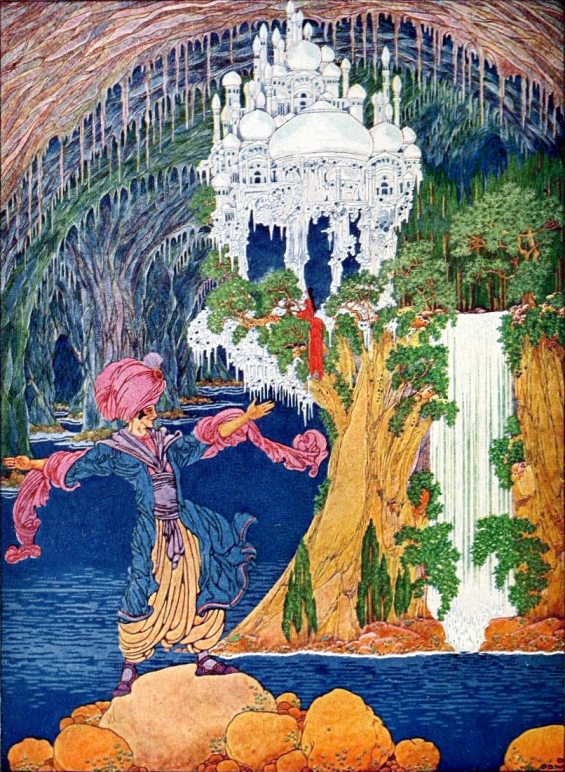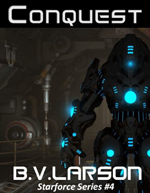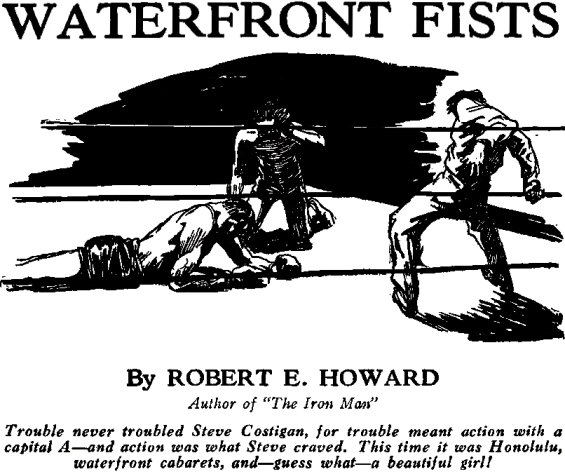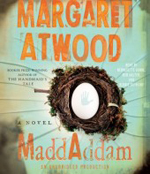
Kubla Khan is a wondrous dream inspired poem by Samuel Taylor Coleridge. Written in 1797, but published in 1816, it is said to have been composed one night after Coleridge had been taking opium and reading a work describing Xanadu (the summer palace of the Mongol ruler and Emperor of China, Kublai Khan).
The way the great narrator Wayne June reads it you can almost feel the narcotic vapours enveloping you in their ethereal somnifacience.
After you’ve astral projected into the audio, feel free to grab hold of this ever so slighty more tangible |PDF|.
Kubla Khan by Samuel Taylor Coleridge
In Xanadu did Kubla Khan
A stately pleasure-dome decree:
Where Alph, the sacred river, ran
Through caverns measureless to man
Down to a sunless sea.
So twice five miles of fertile ground
With walls and towers were girdled round:
And here were gardens bright with sinuous rills
Where blossomed many an incense-bearing tree;
And here were forests ancient as the hills,
Enfolding sunny spots of greenery.
But oh! that deep romantic chasm which slanted
Down the green hill athwart a cedarn cover!
A savage place! as holy and enchanted
As e’er beneath a waning moon was haunted
By woman wailing for her demon-lover!And from this chasm, with ceaseless turmoil seething,
As if this earth in fast thick pants were breathing,
A mighty fountain momently was forced;
Amid whose swift half-intermitted burst
Huge fragments vaulted like rebounding hail,
Or chaffy grain beneath the thresher’s flail:
And ‘mid these dancing rocks at once and ever
It flung up momently the sacred river.
Five miles meandering with a mazy motion
Through wood and dale the sacred river ran,
Then reached the caverns measureless to man,
And sank in tumult to a lifeless ocean:
And ‘mid this tumult Kubla heard from far
Ancestral voices prophesying war!The shadow of the dome of pleasure
Floated midway on the waves:
Where was heard the mingled measure
From the fountain and the caves.
It was a miracle of rare device,
A sunny pleasure-dome with caves of ice!
A damsel with a dulcimer
In a vision once I saw:
It was an Abyssinian maid,
And on her dulcimer she played,
Singing of Mount Abora.
Could I revive within me
Her symphony and song,
To such a deep delight ‘t would win me
That with music loud and long,
I would build that dome in air,
That sunny dome! those caves of ice!
And all who heard should see them there,
And all should cry, Beware! Beware!
His flashing eyes, his floating hair!
Weave a circle round him thrice,
And close your eyes with holy dread,
For he on honey-dew hath fed,
And drunk the milk of Paradise.

Posted by Jesse Willis



 Conquest – (Star Force #4)
Conquest – (Star Force #4)

 MaddAddam (MaddAddam #3)
MaddAddam (MaddAddam #3) Doctor Sleep (The Shining #2)
Doctor Sleep (The Shining #2)